China's green revolution
The world's worst polluter is worried about climate change, and is now the biggest global investor in green technology

The world's worst polluter is worried about climate change, and is now the biggest global investor in green technology. Here's everything you need to know.
How much does China pollute?
China has overtaken the U.S. as the world's largest economy, and over the past two decades its blitz of industrialization has pulled millions of people out of poverty — and pumped millions of tons of carbon into the atmosphere. From 2008 to 2013 alone, annual energy consumption in China rose more than 50 percent. Some 70 percent of that electricity was generated from the worst possible source: coal. China burns as much coal as the rest of the world combined, and it now emits twice as much total carbon as the U.S. (although Americans still lead the world in per capita emissions). You can see the results in the thick haze that blankets Beijing and just about every other city. In fact, just a handful of China's 500 largest cities meet World Health Organization standards for air quality.
The Week
Escape your echo chamber. Get the facts behind the news, plus analysis from multiple perspectives.

Sign up for The Week's Free Newsletters
From our morning news briefing to a weekly Good News Newsletter, get the best of The Week delivered directly to your inbox.
From our morning news briefing to a weekly Good News Newsletter, get the best of The Week delivered directly to your inbox.
How bad is the smog?
Air pollution kills more than half a million Chinese people every year. Runners in the Beijing International Marathon last year had to wear face masks against the smothering yellow haze, and smog alerts routinely force cities to ban driving and temporarily shut down factories. The filth has begun to cause what Chinese authorities fear most: political unrest. China now has more than 50,000 environmental protests a year, mostly local demonstrations against planned factories and waste incineration plants. Communist Party officials and business leaders aren't happy about the pollution, either. "Watching people wearing anti-toxin masks in the capital is pretty embarrassing," said Yun Gongmin, head of China Huadian, one of the largest state-owned energy companies. "Nobody wants to live in a polluting city for fear of getting diseases."
What is China doing about it?
China's authorities are making a major push to curb emissions, both to ease the smog and alleviate the consequences of climate change. In Washington last month, Chinese President Xi Jinping announced that a national cap-and-trade program, the world's biggest, would begin in 2017. Chinese companies that emit more greenhouse gases than the allowed cap will be fined, while those that emit less can sell their credits. China is also pouring money into renewable energy, investing $90 billion last year alone, more than any other country. It has ramped up its solar power at a staggering rate, building sprawling solar farms in the Gobi Desert and increasing capacity this year by 18 gigawatts, an amount equal to the entire solar capacity of the U.S. China is already the world's largest producer of wind power, with thousands of turbines installed in the windy west and plans to more than double the number of turbines over the next five years. It's also the world's largest hydropower producer, home to half the world's 80,000 dams and building many more every year.
A free daily email with the biggest news stories of the day – and the best features from TheWeek.com
Is that making a difference?
At a 2014 summit with President Obama, Xi pledged that China's emissions would peak by 2030 and then drop. Less than a year later, China is already ahead of that goal, with emissions now predicted to peak in 2025. In the first few months of 2015, China's coal use fell almost 8 percent compared with last year's, a reduction equal to all the carbon dioxide emitted by the U.K. over that period. Part of that drop came because of China's economic slowdown, but the country's new commitment to renewables means that even when the economy picks up, the extra power will come from greener sources. In 2009, China pledged to reduce its "carbon intensity," the ratio of emissions to energy produced, by 45 percent by 2020. It's now more than halfway there, so authorities have set themselves a new goal of 65 percent.
Can these numbers be trusted?
China has moved so fast to expand the use of green energy that much of its new capacity is just that — capacity. Getting the energy produced hooked up to the power grid so it can be consumed will be a huge challenge. Many of the wind and solar farms, for example, are far from big cities, and authorities haven't yet worked out a way to store and transport all the energy they produce. China's big hydropower projects, such as the Three Gorges Dam, have also displaced millions of people and taken their own toll on the environment. Meanwhile, even though China is ramping up renewables, it is still the world's biggest user of coal. And as Chinese consumers grow more affluent, they use more energy. Last year, China's per capita CO2 emissions passed those of the EU.
How will climate talks be affected?
A thorny source of discord in global climate talks has been the disconnect between what is expected of rich Western countries and what is expected of developing nations. The 1997 Kyoto Protocol, for example, had no binding limits for emissions by China, India, or any country in Africa or South America, while the U.S. was supposed to slash emissions by 7 percent. Congressional Republicans were furious at the perceived double standard and blocked U.S. ratification of Kyoto. But China's new push to lower its emissions undercuts the argument that Western efforts to combat climate change won't ultimately make a difference. At the U.N. Climate Change Conference in Paris at the end of this year, China has said, it, too, will commit to binding emissions cuts. "We should firmly pursue green, low-carbon, circular, and sustainable development," Xi told the U.N. General Assembly last month. "China will shoulder its share of responsibility."
Climate migrants
Climate change has already forced the resettlement of a quarter million people in China. Over the past 50 years, the average temperature in the central region of Xihaigu has risen by nearly 4 degrees Fahrenheit and rainfall has fallen by a third, making some areas uninhabitable. Until recently, residents relied on stored rainwater, and in dry years spent half their earnings trucking in water just to stay alive. Local authorities finally gave up and relocated the entire town of Zhoutao to the nearby city of Hongsibu, and water was diverted from the Yellow River to accommodate them — all at a cost of some $1 billion. "Three main factors led to the ecological fragility of Xihaigu: nature, human impact, and climate change," Hohai University analyst Chen Shaojun told The Guardian. As temperatures rise, many more Chinese may be forced to move.
-
 How drones have detected a deadly threat to Arctic whales
How drones have detected a deadly threat to Arctic whalesUnder the radar Monitoring the sea in the air
-
 A running list of the US government figures Donald Trump has pardoned
A running list of the US government figures Donald Trump has pardonedin depth Clearing the slate for his favorite elected officials
-
 Ski town strikers fight rising cost of living
Ski town strikers fight rising cost of livingThe Explainer Telluride is the latest ski resort experiencing an instructor strike
-
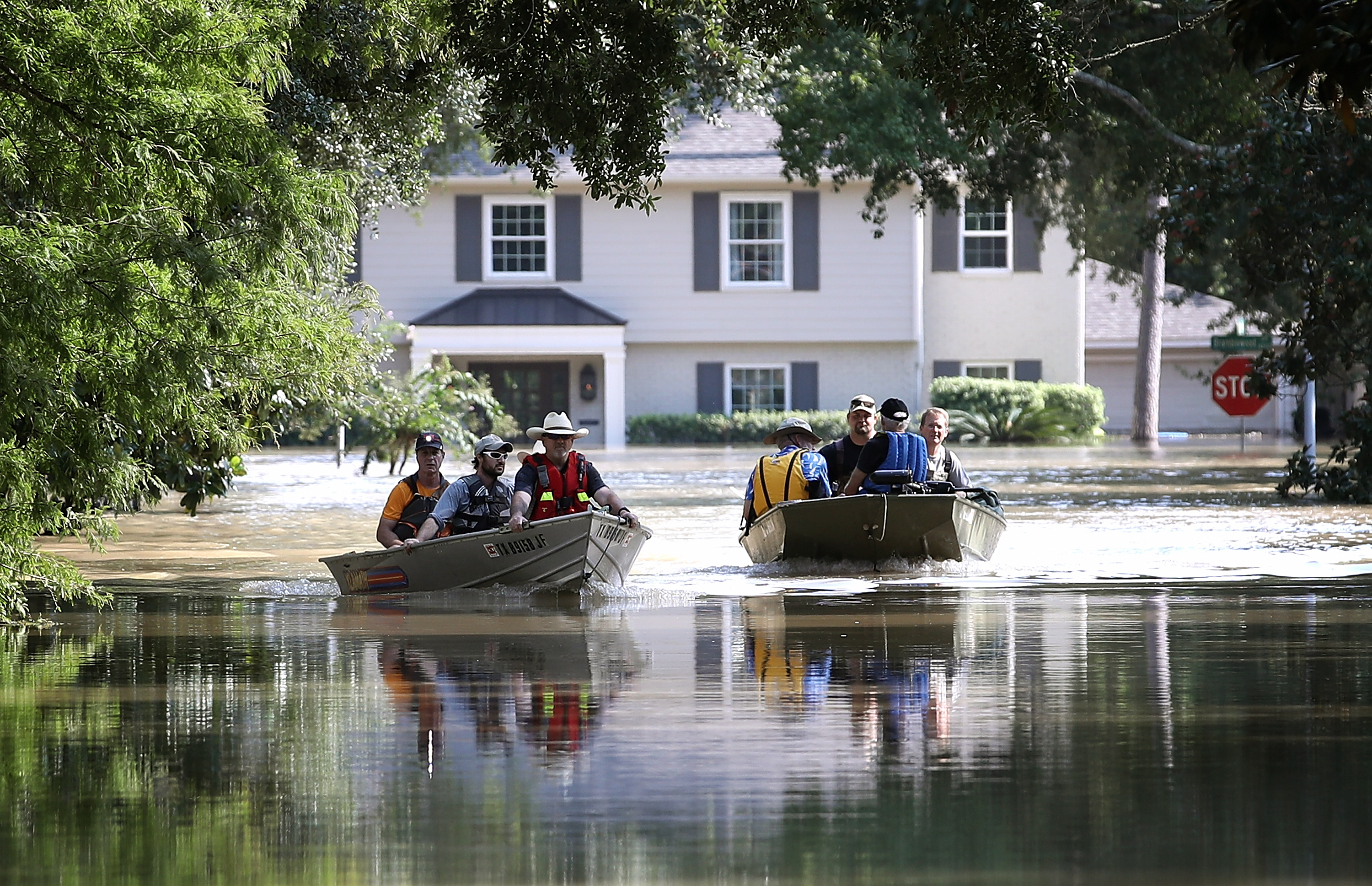 America's flood epidemic
America's flood epidemicThe Explainer Severe flooding is becoming increasingly common in the U.S. — and more destructive
-
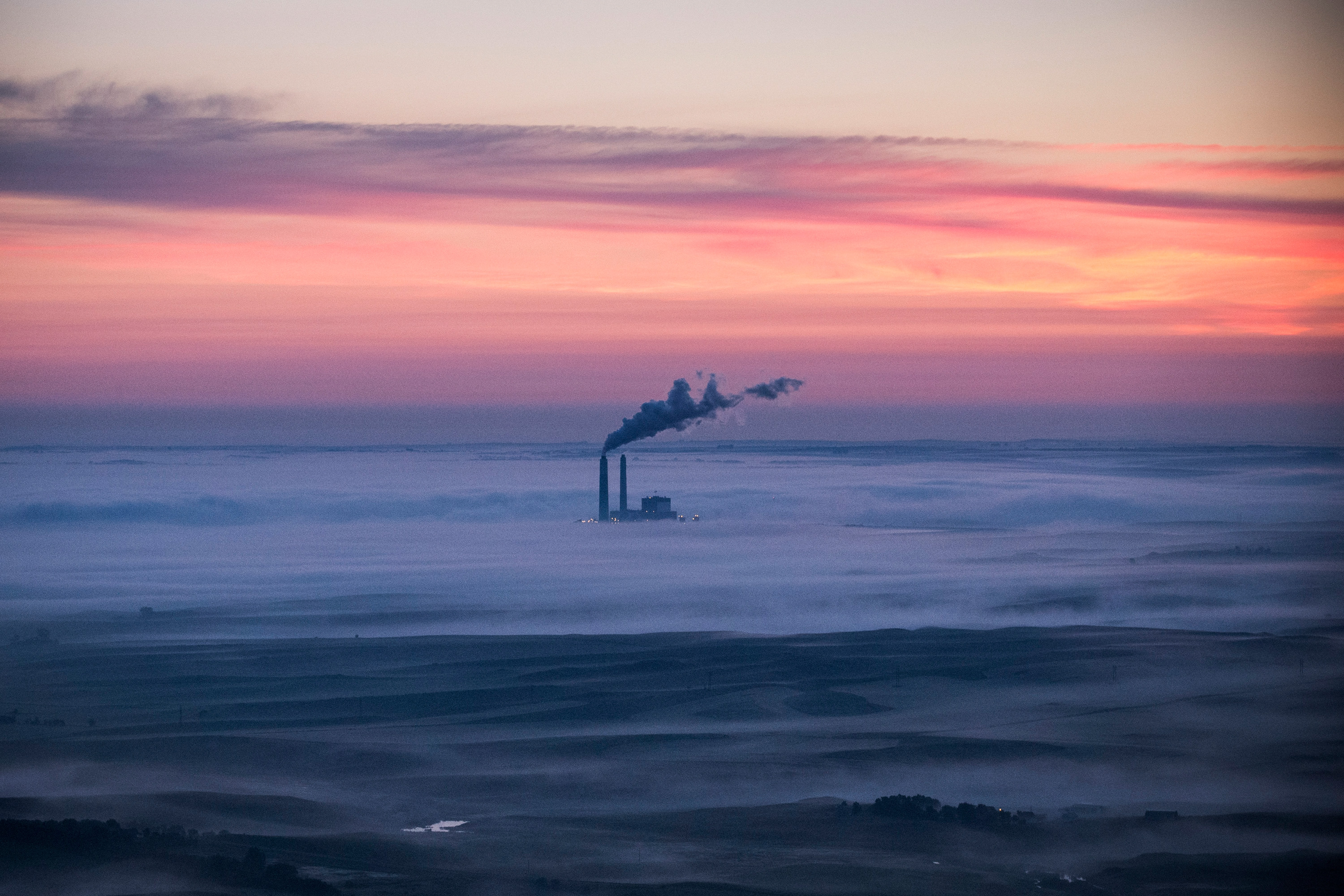 The EPA's changing mission, explained
The EPA's changing mission, explainedThe Explainer After decades of dramatic successes — as well as failures — the Environmental Protection Agency is at a crossroads
-
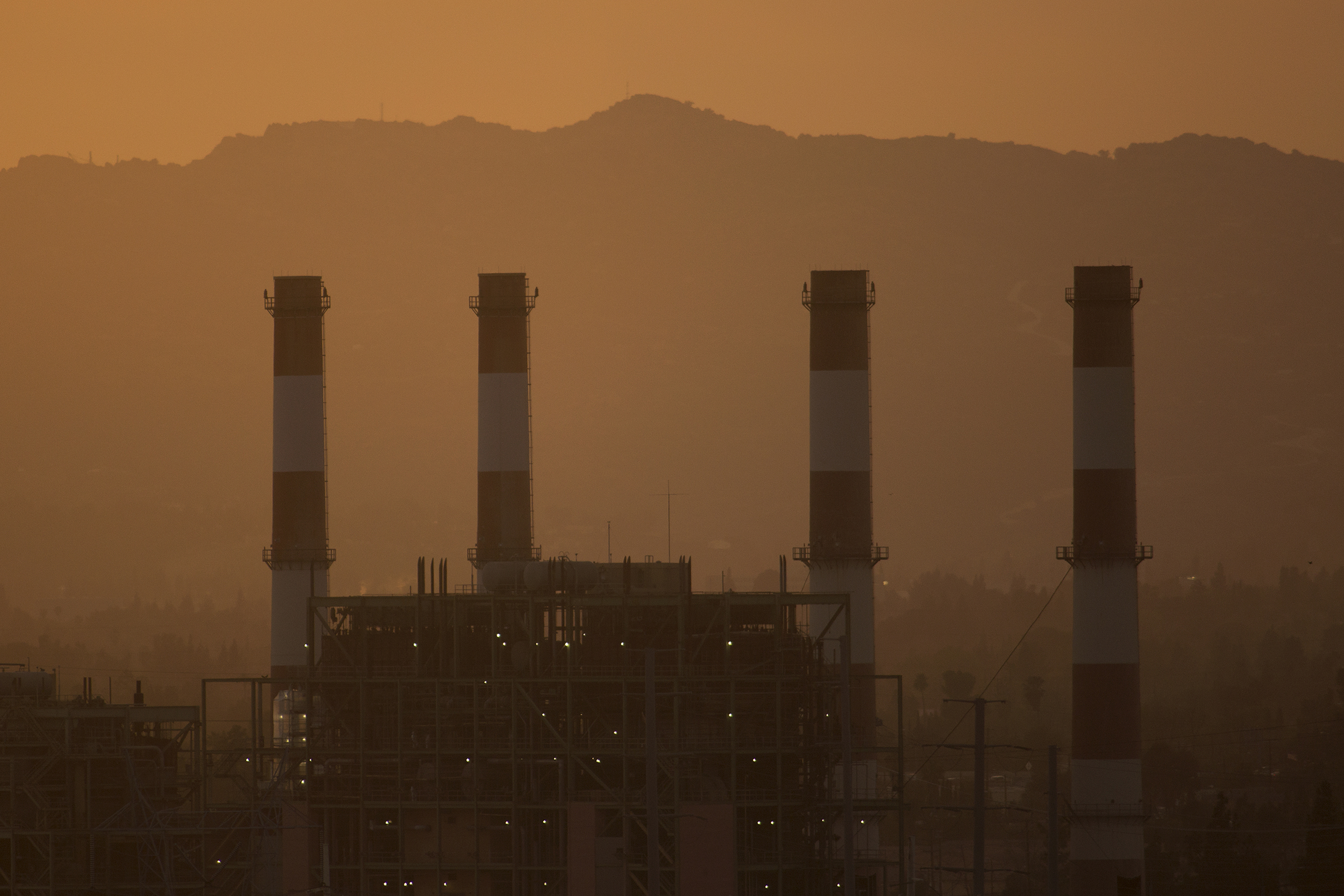 The EPA's changing mission, explained
The EPA's changing mission, explainedThe Explainer After decades of dramatic successes — as well as failures — the Environmental Protection Agency is at a crossroads
-
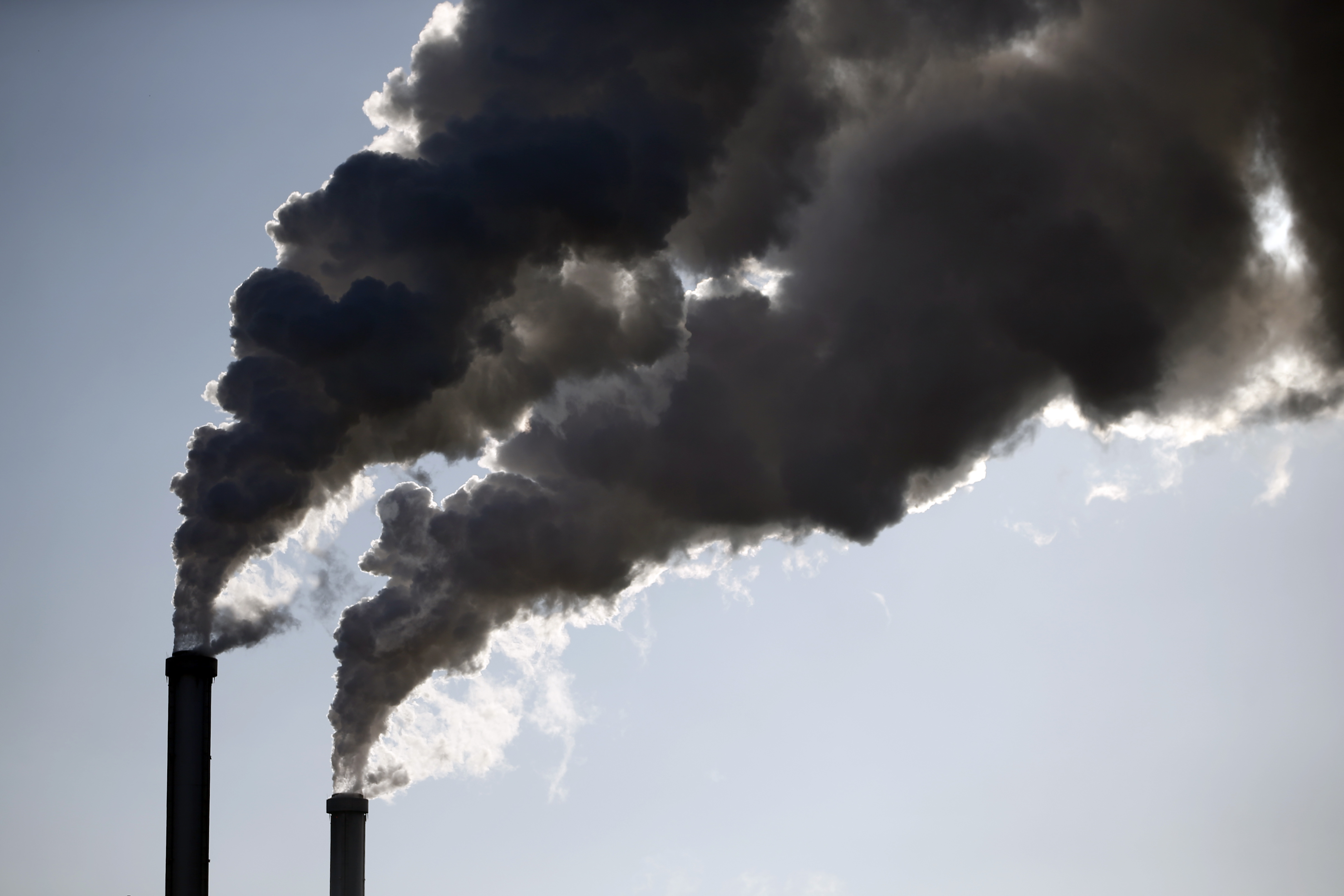 The Paris climate summit: A brief guide
The Paris climate summit: A brief guideThe Explainer More than 190 countries will gather in Paris on Nov. 30 to try to slow climate change. Is it too little, too late?
-
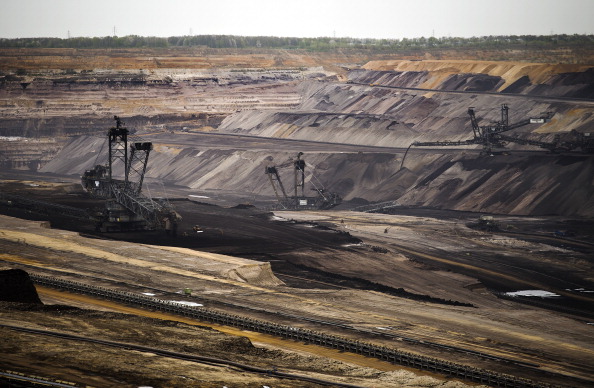 The end of coal?
The end of coal?The Explainer To avoid catastrophic climate change, scientists say, we'll have to abandon the cheapest fossil fuel
-
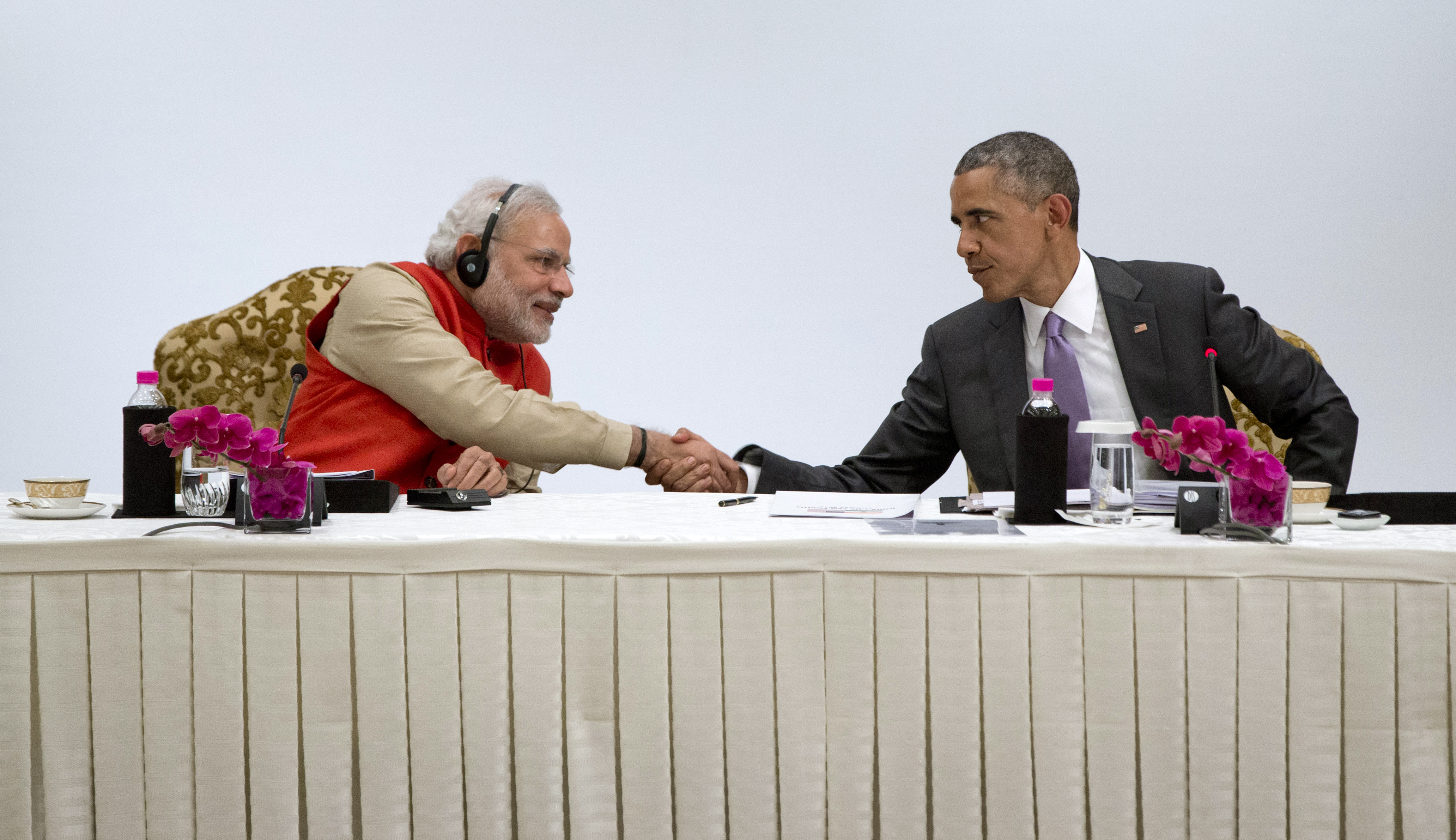 The U.S.-India climate change deal: President Obama is on a roll
The U.S.-India climate change deal: President Obama is on a rollThe Explainer Two cheers for the U.S.-India climate deal
-
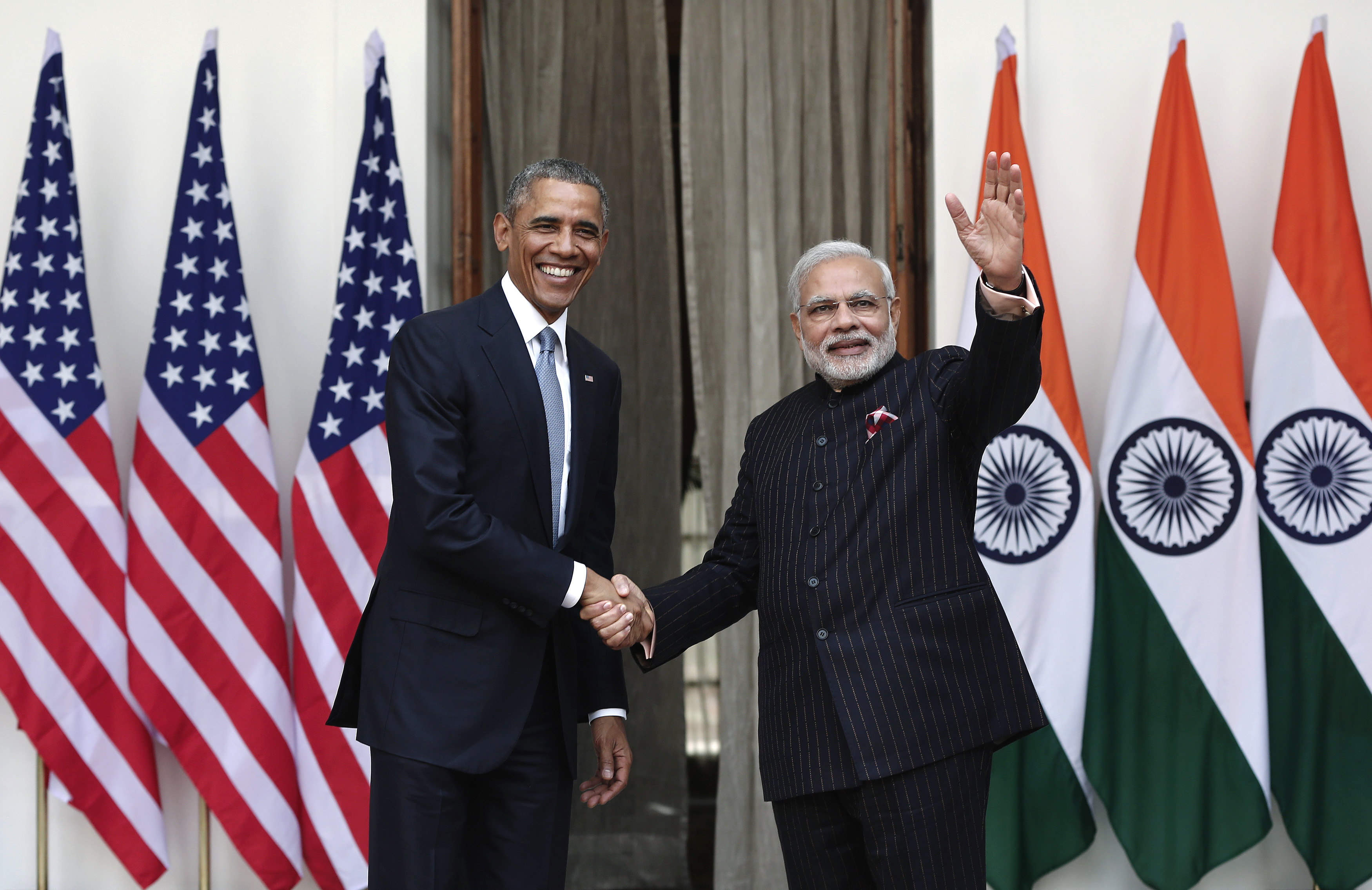 Obama won't be able to repeat his China climate change deal in India. Here's the next best thing.
Obama won't be able to repeat his China climate change deal in India. Here's the next best thing.The Explainer But here's the next best thing
-
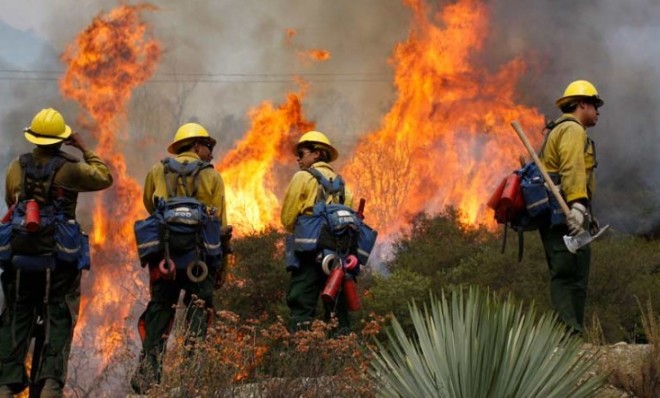 5 things I didn't know about urban wildfires
5 things I didn't know about urban wildfiresfeature